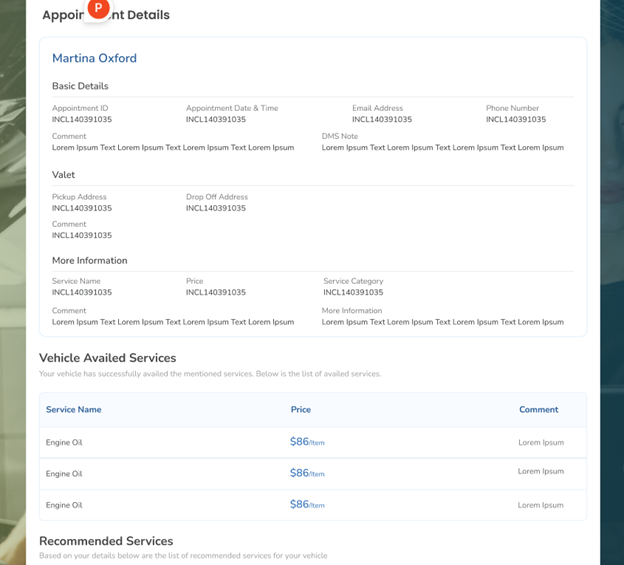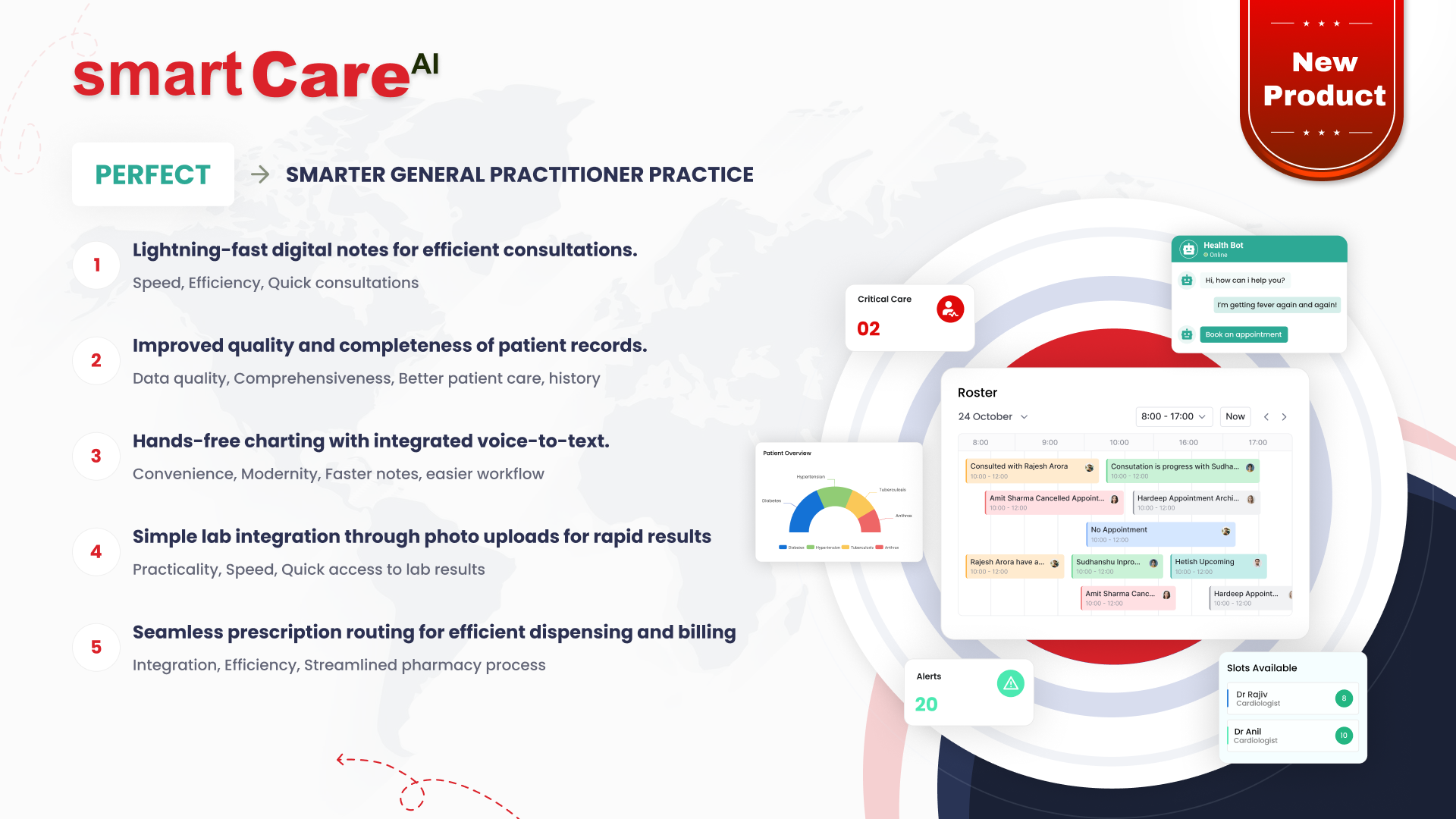
Waterfall, RAD and FDD
At smartData, we understand that one size does not fit all in the world of software development. That's why we offer the flexibility to follow specific methodologies like Waterfall, Rapid Application Development (RAD), and Feature-Driven Development (FDD). Our adaptable approach ensures structured, phased development and rapid prototyping, allowing us to meet project needs and deliver exceptional outcomes.
Waterfall is a tried-and-true methodology that involves a structured, sequential approach to development. It's particularly well-suited for projects with clear, well-defined requirements. We leverage the Waterfall approach when a project's needs align with this methodology, ensuring that every phase is meticulously planned and executed.
Rapid Application Development (RAD) is another approach in our toolkit. It's perfect for projects that require quick prototyping and iterative development. RAD's emphasis on user feedback and rapid iterations allows us to create software that closely aligns with user expectations, making it ideal for dynamic projects.
Feature-Driven Development (FDD) is yet another methodology we offer. FDD focuses on designing and building features as individual units, making it suitable for complex, feature-rich projects. By breaking the project into manageable components, we ensure that each feature is developed with precision and efficiency.
Our adaptable approach doesn't stop at these methodologies. We tailor our development processes to meet the specific needs of your project, whether it's a classic Waterfall approach, rapid development with RAD, or feature-centric development with FDD.
In conclusion, smartData's adaptability is a key strength. This flexible approach allows us to create software that aligns with your vision and delivers exceptional outcomes, regardless of the development methodology that best suits your project.







